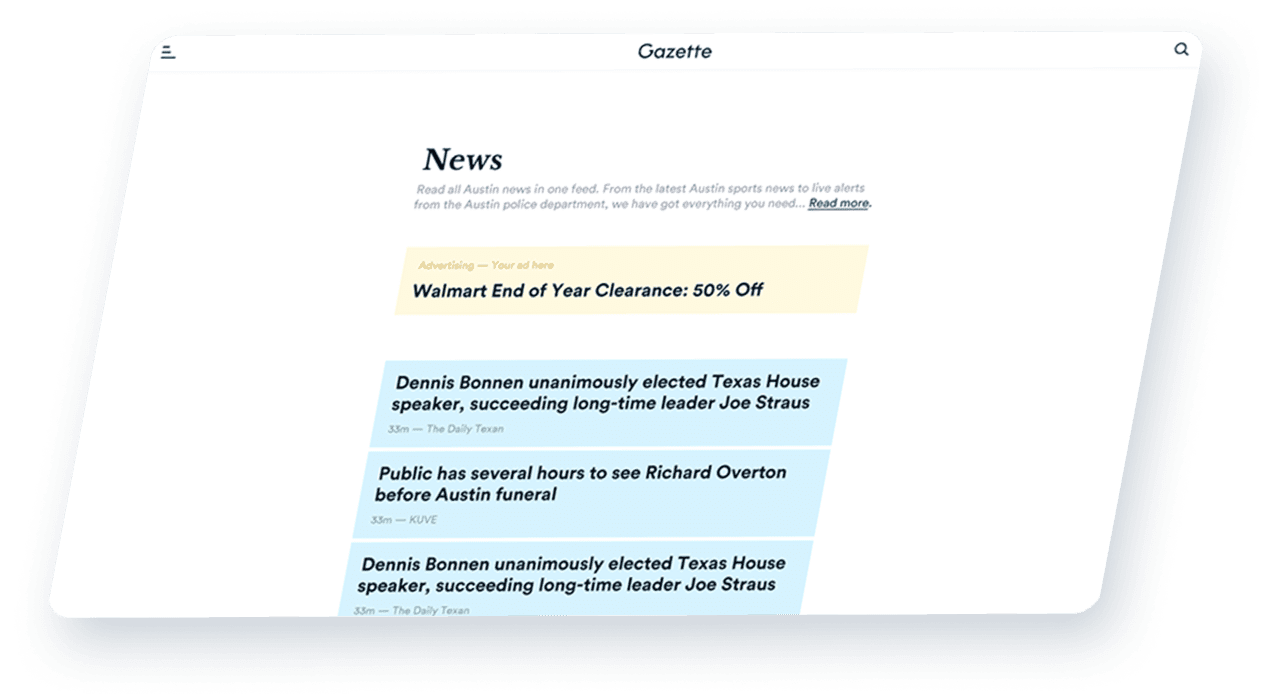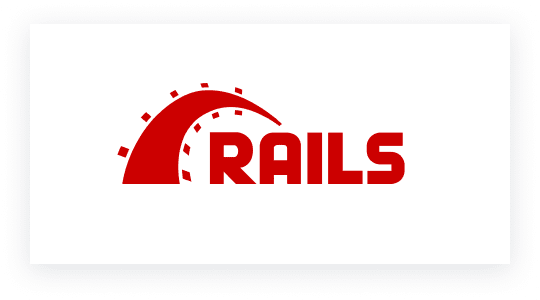
step 1
Documentation and Project Planning
The documentation stage covers the key milestones and shows a clear work scope. It assists in avoiding of money and time loss for unnecessary features and functionalities.
step 2
Customer and Industry Research
Preliminary calculations are required to establish the appropriate architecture for the future product. A product may be underdeveloped and fail to fulfill consumer needs without such a review, or it may be overdeveloped and have too many functionalities.
step 3
Visualization
The prototype enables the visualization of the essential components. This stage ensures that everything is in place and the scheduled actions are done. More testing results in proper polishing.
step 4
Software solution architecture
Strict architecture specifies the application's internal structure and serves as the basis for future development. It makes it easier to connect additional functional modules after the launch.
step 5
Front-end and back-end development
Front-end and back-end development processes are based on the evaluation and analysis of the prototype testing results.
step 6
Testing
QA specialists perform manual testing, and custom automation tests are developed as required. External testing is done with the assistance of the consumer and a focus group.
step 7
Release
The technological environment is created to host the database. The completed product is made available on the web for users and visitors. After final arrangements, the product's life begins.
step 8
Support and maintenance
To fulfill the extra requirements of users, the software's development may need a functional extension. If necessary, we are ready to maintain and continue development.






























